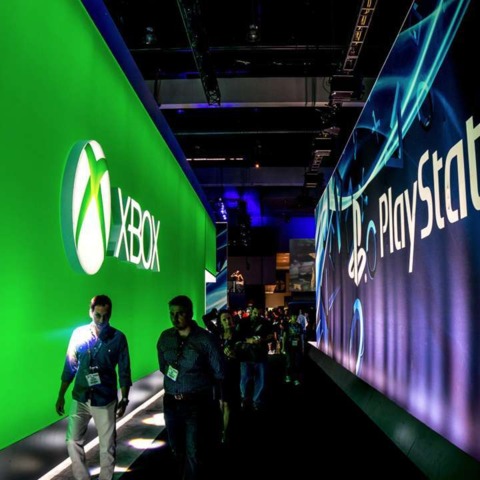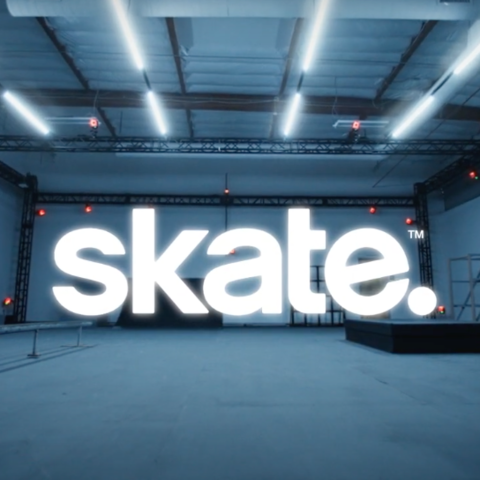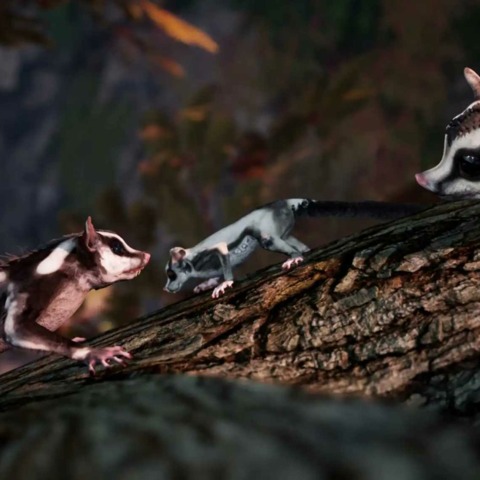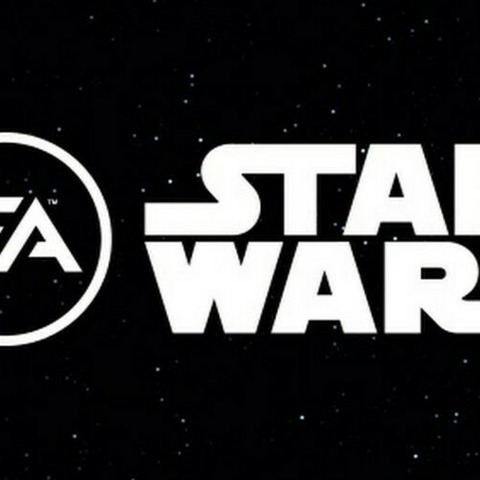The PS5 is approaching the 6-month mark, but Ratchet & Clank: Rift Apart looks to be its first big first-party exclusive. The game from the newly acquired Insomniac has garnered a lot of attention for its impressive visuals and the addition of a new heroine, the alternate-universe lombax Rivet. GameSpot recently spoke with Mike Daly, game director on Ratchet & Clank: Rift Apart, about the new game's inspirations, sharing tech with the Spider-Man team, and how DualSense made a world of difference for his favorite new weapon. For more on Rift Apart, check out our extensive preview of the game.
At the start of the game, Ratchet & Clank are these celebrated heroes, but they feel uneasy with it. Can you relate to that?
Well, I like that analogy. I can say that how we feel about the game did not necessarily translate directly to the story that we wrote for it. But to me, I am super excited by the potential of this game and really showing people what the PS5 can do and how far Ratchet & Clank have come since 2016. So I really don't have that hesitancy whatsoever. If Ratchet was acting the way I was feeling, he would approach the Dimensionator with complete confidence.
What's it like having separate teams at Insomniac with tech sharing, especially in exploring new ground on the PS5?
Well the tech sharing, for starters, has been an enormous benefit to pretty much all of our projects. One of the things that I think makes Ratchet stand out is that we've got this very feature-rich engine, that was in a lot of ways designed for photorealistic rendering for Spider-Man. And then you have these really nice well-designed tools and you put them in the hands of an artist, who has free rein to stretch and bend them to make something stylized. You end up with something that is hyper-realistic but also extremely detailed and high fidelity. I think that was one of the things that has always helped Ratchet & Clank stand apart from the crowd is that it has that bright, colorful, friendly thematic presentation that's backed up with incredibly high-tech rendering and incredibly high-fidelity AAA assets.
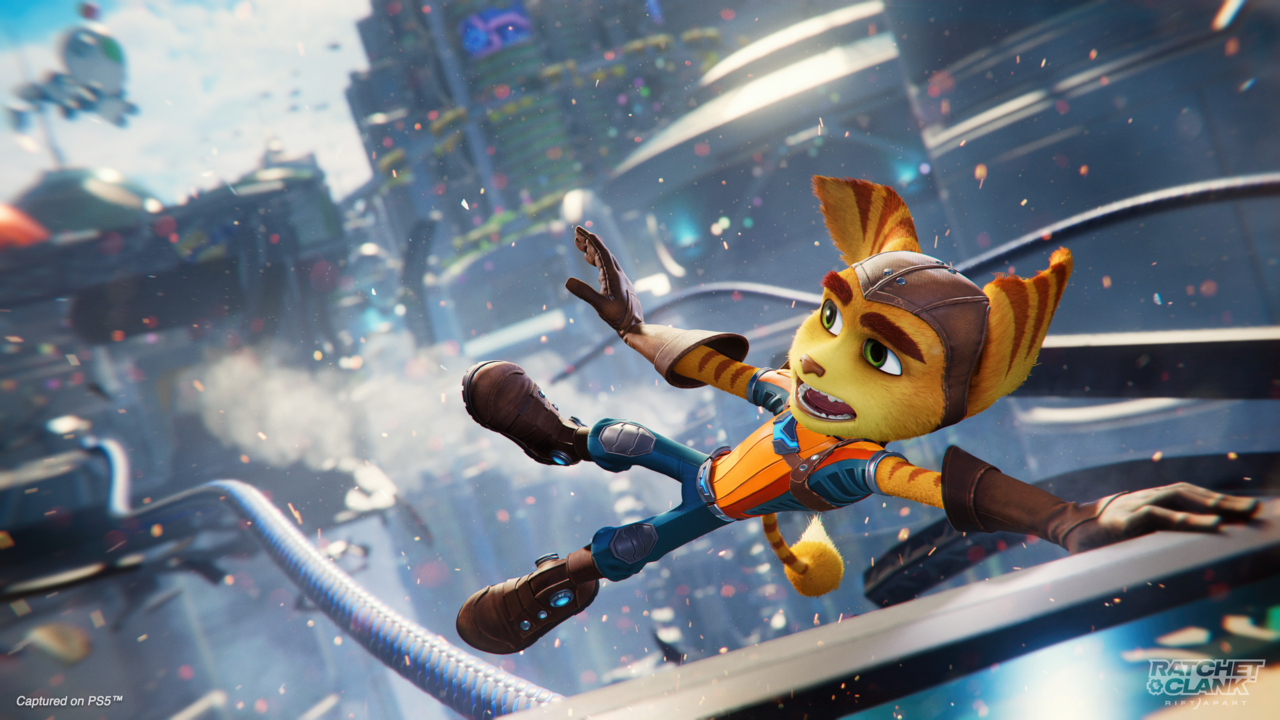
That tech not only has helped us with the presentation, but the loading itself has benefited all our games. We can re-architect our engine to take specific advantage of the PS5's SSD. We can pack all sorts of unique assets in the local area and have all the distant areas not have to be loaded in memory at once, the detail comes in when you get to them. So Ratchet has benefited a lot from building upon an open world engine with a lot of great looking photorealistic rendering techniques.
Cartoonish styles don't always get the "wow" reaction but it really seems like it is this time.
I think that's because there's not a whole lot of games that try and take a highly stylized approach, but really push so hard as we've pushed to get the fidelity up. So I think that this is what happens when you give a big budget project the flexibility to go stylized. And [the development team] built on their experience with how to make the franchise look good. And with the engine to really knock it out of the park.
One of the presentation tricks you mentioned was transitioning seamlessly from cutscene to gameplay. A lot of people remember that from the 2018 Spider-Man, the opening cutscene where you go straight to swinging. This feels like it's the next level of that where it happens multiple times within a single action setpiece. Can you talk more about that?
So the entire game is rendered in real-time. Even our cinematics use the engine and that is both for consistency, and because at the incredible resolution we're now outputting, it's actually a much better use of our disc space or your download speed. So that's one way in which the game is able to look cinematic and consistent, but also as you've observed, we want to get emotions across during our gameplay segment. And there's a lot of cinematic tricks with how you use the camera and how you balance the sound, or when you deliver lines of dialogue that really enhance that. And we've gotten better at and more sensitive to how we can use the techniques available to us for better storytelling, even during live gameplay.
Where did the seed of the Rivet idea come from?
We knew from the very beginning that this was going to target the PS5. And we started asking ourselves with this notion of what the PS5's new hardware innovations are going to be? How can we use that to make our game better, and do things we've never been able to do before? The SSD in particular, stood out as something we could use to quickly jump you from planet to planet. And that would break design conventions we used to be constrained by.
You get to see what happens when a Ratchet-like character doesn't have a Clank-like best friend.
So from that was born rifts, and from rifts was born a parallel dimension, and from a parallel dimension was born Rivet. So that's the sequence of reasoning that led to it, but that all worked together. Basically a convenient coincidence that also made Rivet a great platform for telling a story about Ratchet & Clank because you get to see what happens when a Ratchet-like character doesn't have a Clank-like best friend.
What is the ratio of Ratchet to Rivet segments?
It's roughly even. Basically in the story, the characters each have their own objectives that they're chasing and we let you pick and choose which one you want to play at any given time. So they're on their parallel tracks, helping solve this big problem. And you can proceed through that at their own pace but they are parallel tracks. So it's pretty close to even.
So they're not necessarily criss-crossing throughout the story.
There are touch points where they meet up and formulate the next stage of their plan or are forced into the next stage of it. But ultimately, they need to act fast and they need to act in parallel to really resolve the problem.
The series is so known for its creative weaponry. What's your favorite weapon in the game?
That's a tough one to answer. Usually when I play through the game, I always make myself pick my current least favorite weapon, so that I can see how it all plays out. Figure out what the opportunities are to improve it. The goal there is being that really, no matter what weapon you pick, it can be somebody's favorite. We don't want any duds. So I basically really try to focus on making sure every weapon is totally lovable. And by virtue of that approach, we have a very nicely balanced, even arsenal, where you can't really go wrong.
Having said all that, some personally appealed to me a little bit more than the others. So my answer would have to be the Negatron Collider. You can charge it up; it won't fire instantly. And one of the nice things I really like about this charge up mechanic is that it looks and sounds and feels really good to do. You pull the trigger down to resistance, you can feel the energy building in your hand with haptics, you can see the electrical arcs out in the environment and the rocks floating up into the air. It's got this nice satisfying audio buildup, as you can tell how close it's getting to ready. But then gameplay-wise, you have the flexibility to cancel or to deploy exactly when you need to. So you can spend time to recover if you have to or wait until you've positioned your character to be lined up just right, and get multiple enemies in the beam at the same time. So to me, it's definitely one of the most satisfying weapons, both from a feedback point of view and from a tactics point of view.
You had mentioned during the presentation that you've done charge mechanics in Ratchet games before, but those didn't feel as good based on how previous controllers worked.
Yeah, by having that resistance threshold that you have, to pull through to commit, that lets us get away from releasing the trigger in order to fire.
Which feels like the opposite of what you should do to fire a weapon.
Exactly. Yeah, fundamentally that feeling is not as satisfying because it's spongy and it doesn't have that level of action, and commitment, and trigger pull. And then the other aspect is that, if you do that action [releasing the trigger], it's a cancel now and that feels perfectly appropriate. And that ability to cancel, which you couldn't even do before, feels right. And it feels more intuitive and accessible for the situation.
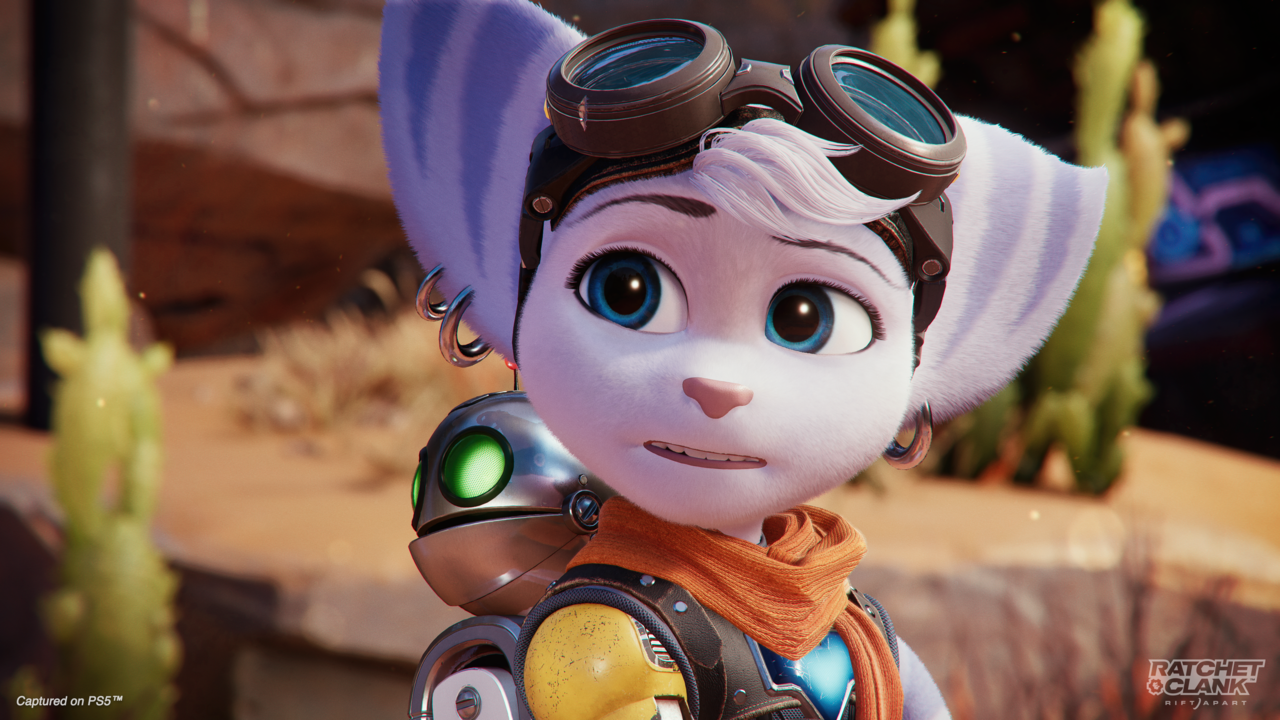
It seems like you try to hit certain archetypes. The Topiary Sprinkler came from wanting a freeze gun that isn't just a freeze gun.
Yeah, we definitely have those archetypes that we map weapons to. For example, we have a "deep pockets" archetype, which is in reference to a weapon that can house a lot of ammo. It runs counterintuitive because we want you to be cycling through weapons and always thinking about how to make the best use of your ammo, and matching it to the situation. But ultimately, players often need to fall back or want some ammo to throw away at a straggler or something.
So the burst pistol is a great example of this. It has that versatility to be a great fallback but it's not going to excel really, in any situation above the situational weapons. And we've got a few of those that you can find.
We've also got high-impact weapons or payload weapons. So these are your grenades that let you do concentrated high amounts of damage that are great for hardened enemies with shields, or bosses, or mini bosses, but usually run out of ammo pretty quickly. We like having an area-of-effect weapon. So if you notice an opportunity where enemies are clustered together, you're like, all right, now's your chance to get a lot of value out of this single shot quickly.
And then we have a wild card archetype, where a lot of times ideas for weapons surprise us and don't fit the mold necessarily. It's more-or-less like its own special case and we do want to have a certain amount of those. So the Ricochet falls into this category where we didn't even know we wanted a weapon that can keep one enemy juggled for a while and do damage over time, while you go off and do whatever. But it turns out it was useful and it was fun. So perfect, that fills that slot.
And then there's the parallel damage archetype of letting you layer other types of attacks or status events over what you're doing in combat, like a fire and forget things that will last a while and help you optimize.
Ratchet & Clank: Rift Apart is coming to PS5 on June 11. Check out our Ratchet & Clank: Rift Apart preorder guide for more details.
